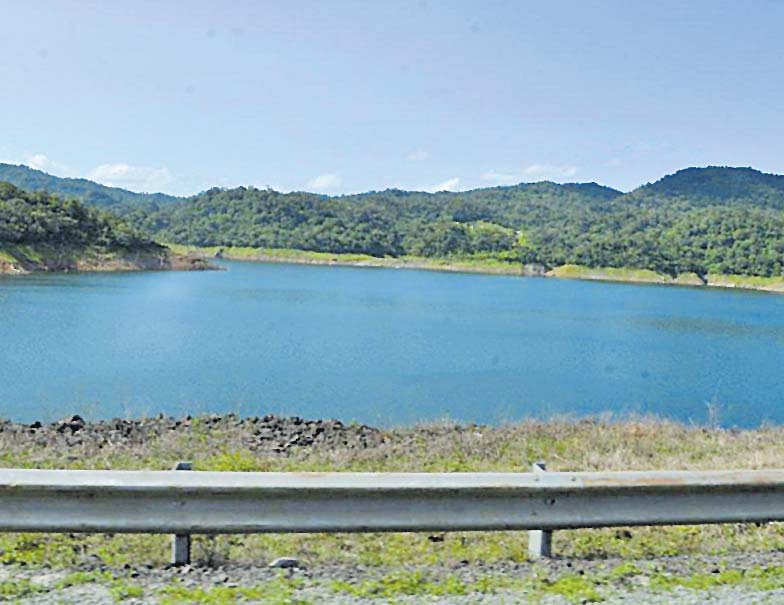An article published by The Fiji Times on April 21, 1982, related the running of the Monasavu Hydro Electric Scheme, describing it as a gigantic undertaking.
The project was located at a height of 730 metres above sea level on the isolated Nadrau plateau in the mountainous interior of Viti Levu. In terms of cost, the first phase of the project when completed would have cost the country $110 million, the article said.
The project involved the building of a dam across the Nanuku River, the formation of a lake behind the dam, a tunnel down which water from a lake will flow to a power house and a switch yard from which transmission lines will take electricity to Suva and Lautoka.
As the project was sited in the isolated heights of the Nadrau plateau, about 65 km east of Nadi and 58 kms North West of Suva, it meant the construction of some 30 km of access road, making the location accessible both from Suva and Tavua.
On the site itself, an extensive network of roads was to be constructed at a cost of $9 million, to link various sections of the project, namely, the power station, the village, dam site and catchment area and the areas of project 11 and 111 of the hydro scheme.
The massive earthen dam across the Nanuku River was the most important part of the project and was expected to cost $50 million when completed.
The base of the dam was formed by dynamiting mountain sides, loosened earth was then bulldozed down to the stream and water blast was applied to wash away any loose soil. The exposed bedrock formed the base of the dam.
The Monasavu dam when almost complete was 85 metres high and contained nearly three million tons of clay, gravel and rock. The dam was constructed on a carefully regulated principle.
A structural cross-section of the dam showed a buildup of stones on the side, giving way to coarse gravel and then fine sand with central core of impermeable clay. The idea was to guard against any seepage of water through the dam.
The catchment area behind the dam, covering 530 hectares over a distance of 17.25 kms, is Fiji’s largest man-made lake. The lake with a maximum depth of 70 metres was projected to hold 125 million liters of water at full supply level.
It was to be fed directly by the waters of the Nanuku Creek, and later with the completion of project two and three, by six other creeks. Water from the catchment area was expected to travel through tunnels 6.2 km in length to reach the power station.
As the water came in, it would first travel horizontally for nearly 2 kilometres along what is called the low pressure tunnel.
Then it would hit the 45-degree incline tunnel, the longest of its kind in the world, descending a total of more than 600 metres.
The water was to travel the final 2000 metres of its journey horizontally again, rushing along the “high pressure tunnel” before bursting into the Wailoa station, to hit the specially designed turbines at 220 mph – all packed into streams no wider than 15 centimetres.
Later, the water would be released into the Wailoa River.
A spill-over wall on the damsite would allow surplus water to escape.
Tunnels were lined with high tensile steel to prevent against cracking. But a massive steel gate was constructed to stop flow of water into the tunnels in case of maintenance work being required in the tunnels.
The Wailoa Power Station, built at a cost of $5.4 million houses four turbines worth $12 million altogether.
Each of the four Swiss/Italian custom made turbines have a generating capacity of 20 megawatts of electricity bringing the combined capacity of the Wailoa Station to 80 megawatts. The Wailoa Station was expected to supply 60 per cent of Viti Levu’s power requirements once it started generating by November that year.
By 1984, it was expected to be able to meet all of Viti Levu’s power requirements, and for another two years, assuming a growth rate of 7 per cent in electricity requirements.



